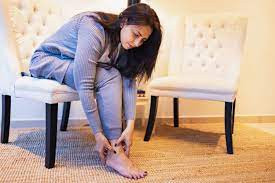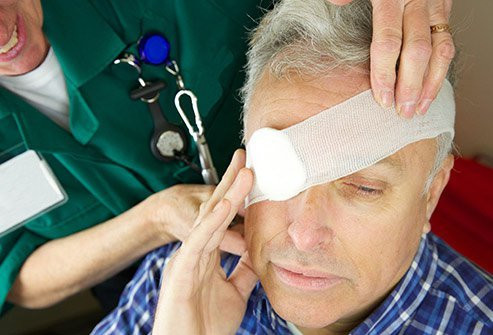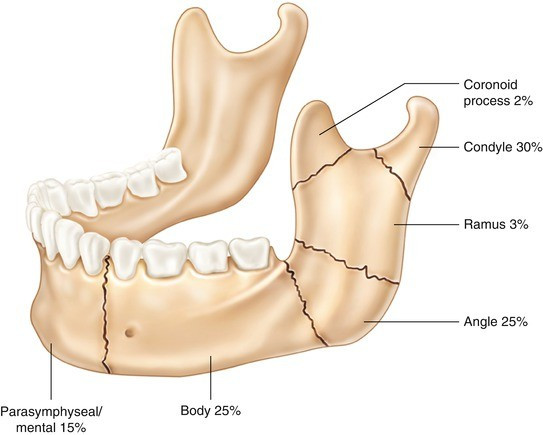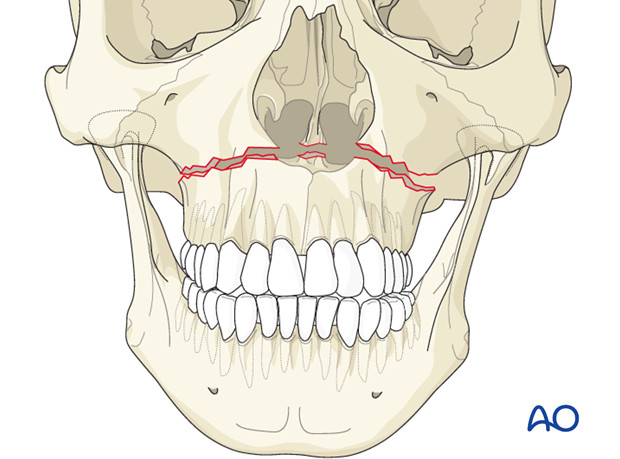Definition
Drop foot, also known as foot drop, peroneal nerve injury, foot drop palsy, or peroneal neuropathy, is a condition where an individual has difficulty lifting the front part of the foot, affecting one or both feet. This condition is a neurological disorder that influences gait or the manner of walking. If you suffer from this condition, the front of your foot may appear to drag along the floor, or you may need to lift your pelvis when walking.
This condition signals the presence of nerve, muscle, or other anatomical abnormalities. Most cases of drop foot affect only one foot, although both can be involved. Sometimes, drop foot is temporary, but depending on the underlying cause, it can become permanent. You may need to wear a brace to support the heel and foot and keep them in a normal position.
Causes
Drop foot is a symptom of an underlying disease. The following medical conditions may cause drop foot:
Nerve injury
Drop foot is most commonly caused by injury to the peroneal nerve. This nerve runs from behind the knee to the front of the foot, branching off from the sciatic nerve that extends from the pelvis to the thigh. Due to its superficial location, the peroneal nerve is particularly susceptible to injury.
Injury to this nerve can also result in numbness and pain. It can occur through:
- Physical activity
- Diabetes
- Knee or hip surgery
- Prolonged sitting with legs crossed
- Childbirth
- Extended use of a cast for a fracture
Diseases or medical conditions
Muscle-related disorders that may lead to drop foot include:
- Polio
- Muscular dystrophy
- Amyotrophic lateral sclerosis
In addition, neurological diseases affecting the brain or spinal cord, which can disrupt the peroneal nerve and cause drop foot, include:
- Multiple sclerosis
- Cerebral palsy
- Stroke
- Parkinson’s disease, among others
Risk factor
Risk factors for developing drop foot include:
- Habitual leg crossing
- Neurological diseases like Parkinson’s, Alzheimer’s, or stroke
- Diabetes mellitus
- Sports injuries
- Activities that involve prolonged sitting on the floor
- Extended use of a cast after a fracture
Symptoms
The primary symptom of drop foot is difficulty lifting the front part of the foot while walking. This may cause the person to raise the thigh higher when climbing stairs, altering their gait. Patients may also appear to drag their feet with each step. Additional symptoms may include:
- Pain
- Tingling
- Cramping
- Numbness
Diagnosis
A drop foot can be diagnosed through a detailed assessment of the symptoms, medical history, physical examination, and additional tests if necessary. A neurologist manages this condition.
Medical interview
The doctor will ask about the primary symptoms and any accompanying issues, such as:
- Duration of symptoms
- Presence of numbness, pain, or burning sensations in the foot
- Activities that may trigger symptoms
- Medical history
- Treatment history
- Family medical history
Physical examination
The doctor will conduct a physical examination, starting with:
- Assessing the patient’s general condition, gait, blood pressure, respiratory rate, body temperature, and pulse
- Examining the feet, comparing both sides and looking for external changes in the foot structure
- Checking the foot’s movement capabilities
- Evaluating sensory responses in the feet
- Checking for external wounds, swelling, or bruising
Additional tests
If necessary, further tests may be conducted to assist the doctor in making a diagnosis. These may include:
- X-ray: Low-level radiation imaging to detect bone abnormalities that could trigger drop foot.
- Ultrasound: Uses sound waves to produce images of internal organs and may reveal nerve damage or swelling due to nerve compression.
- CT Scan: Combines multiple X-ray images to provide detailed views of abnormalities in the body.
- MRI: Utilizes radio waves and a strong magnetic field to generate detailed images. For drop foot, MRI is often recommended to detect soft tissue damage affecting the foot's nerves.
- EMG (Electromyography): Measures electrical activity in muscles and nerves, possibly causing mild discomfort but accurately pinpointing nerve damage.
Treatment
Treatment for drop foot depends on the underlying cause. If not treated properly, drop foot may become a permanent condition. Treatment options include:
- Physical Therapy: Exercises to strengthen foot muscles and improve the range of motion in the knee and foot. Stretching exercises can also help correct gait and alleviate heel stiffness.
- Foot Braces: Customized braces for the foot, especially the sole and heel, help maintain the foot's normal position.
- Nerve Stimulation: Performed by a neurologist, this procedure helps restore the foot’s ability to lift.
- Surgery: Surgery may be performed to repair damaged nerves. In cases of permanent drop foot, joint fusion or tendon transfer from another leg muscle may be considered to aid in foot movement.
Complications
Complications from untreated drop foot include:
- Postural changes
- Permanent gait alterations leading to injury
- Persistent pain
- Increased risk of foot injuries due to gait changes
- Frequent tingling or cramping
- Permanent weakness in limbs
However, if the underlying cause is addressed early, the likelihood of these complications decreases significantly.
Prevention
Steps to prevent drop foot or prevent worsening of the condition include:
- Keeping floors clear of debris or items that could cause tripping
- Tidying loose or disorganized electrical cables
- Ensuring adequate lighting in rooms and stairways
- Avoiding activities that place excessive strain on the knees and feet
- Engaging in stretching exercises under the supervision of a physiotherapist
- Maintaining a healthy lifestyle with a balanced diet, sufficient hydration, and avoiding tobacco and alcohol
- Regularly monitoring conditions such as diabetes or neurological diseases with a physician
When to see a doctor?
Consult a neurologist if you experience any of the following symptoms:
- Numbness
- Pain
- Reduced mobility in the foot
- Dragging the foot while walking
- A history of brain or spinal cord disorders
Looking for more information about other diseases? Click here!
- dr Hanifa Rahma
Cleveland Clinic - Foot Drop (2018). Retrieved 21 August 2022, from https://my.clevelandclinic.org/health/diseases/17814-foot-drop
Mayo Clinic - Foot Drop (2022). Retrieved 21 August 2022, from https://www.mayoclinic.org/diseases-conditions/foot-drop/symptoms-causes/syc-20372628
WebMD - Foot Drop (2022). Retrieved 21 August 2022, from https://www.webmd.com/a-to-z-guides/foot-drop-causes-symptoms-treatments












